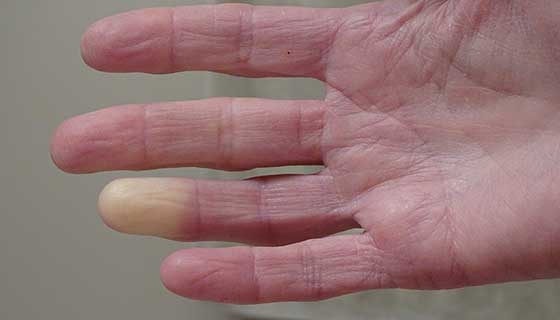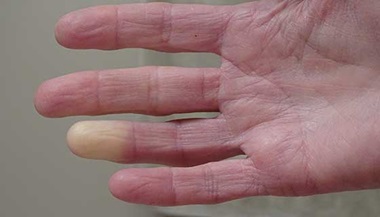Sjögren's Syndrome Risk Factors
Scientists don’t know exactly what causes Sjögren’s syndrome, but their research suggests it’s an abnormal reaction of the body’s immune system. A person who develops Sjögren’s syndrome most likely inherits the risk from one or both of their parents, but in addition, there’s been some sort of environmental impact—such as a viral or bacterial infection—that causes it to become active.
Who’s at Highest Risk of Developing Sjögren’s Syndrome?
There are several traits common in people with Sjögren’s syndrome:
- Age: Most people who are diagnosed with Sjögren’s syndrome are 40 or older, but it can affect younger individuals, including children.
- Gender: Women are as much as 10 times more likely to develop Sjögren’s syndrome than men. This imbalance may be related to the effect of sex hormones on a woman’s immune system.
- Presence of a rheumatic disease: A person with a rheumatic condition such as lupus or rheumatoid arthritis is more likely to develop Sjögren’s syndrome. About half of all individuals with Sjögren’s syndrome have been diagnosed with another autoimmune disorder.
There isn’t yet a concrete explanation why Sjögren’s syndrome affects more women than men. Researchers are exploring the possible role of the hormone estrogen—being postmenopausal increases a woman’s likelihood of developing the disease, and estrogen levels drop in a woman’s body after menopause. Researchers are also exploring the possibility that genes on the X chromosome (women have two and men only one) play an important role.
Today, researchers better understand the likelihood of a person to develop Sjögren’s syndrome if they’re related to someone who has it: The odds are not necessarily higher, but they are more likely to develop an autoimmune disease such as rheumatoid arthritis or lupus, which is a risk factor for Sjögren’s syndrome.
Genes and Sjögren’s Syndrome
Several different genes appear to increase the risk of developing Sjögren’s syndrome. By analyzing large samples of DNA from Sjögren’s syndrome patients, scientists are beginning to identify the genes they have in common.





